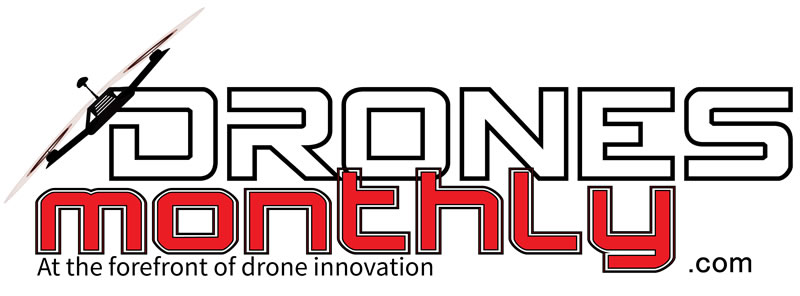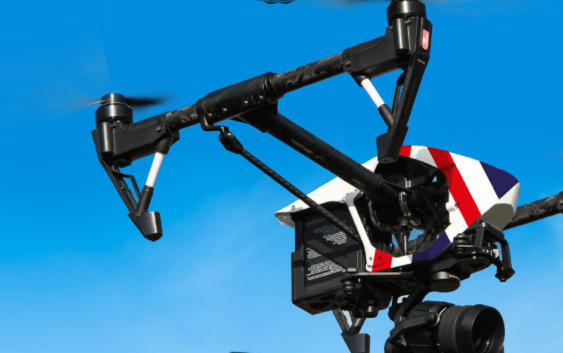There is little doubt that the revolution in aerial vehicle technology in the form of drones – otherwise known as Unmanned Aerial Vehicles (UAVs) or Unmanned Aerial Systems (UASs) – is causing a re-think when it comes to public safety and security, especially in the uncertain world we live in.
Whilst much attention is being given in the media to countering the threat posed by drones should they stray too close to sensitive sites like airports, whether by accident or design, on the other side of the coin drones have proven that they can have a positive impact. The performance of these systems, with the added dimension they bring in terms of situational awareness via high definition cameras and even thermal imaging, and in-use economics compared to other aerial solutions like helicopters, means that investment in such assets by the emergency services as well as security professionals is really taking off.
Putting specific figures on the trajectory of drone procurement, researchers at Markets and Markets estimate that the UAV (Unmanned Aerial Vehicle) will grow from USD 13.22 Billion in 2016 to reach USD 28.27 Billion by 2022, at a CAGR of 13.51% during the forecast period. Markets and Markets say that the key factors fuelling the impressive growth of the market are increasing demand for UAVs for commercial applications, advancements in technologies of drone payloads, and the increasing defence budgets of emerging economies.
Drilling down into specific applications, the frontline deployment of drones by police forces across the globe is very much on the rise. A dramatic example of this came at the end of 2015 when the Tokyo police made global headlines as it was reported they were planning to launch ‘interceptor drones’ equipped with large nets slung underneath to capture suspicious drones.
Here in the UK, Merseyside Police was an early adopter of drone technology and has already flown systems to capture footage in drug raids as part of a crackdown on organised crime. In fact, Merseyside was one of the first in the UK to operate drones to monitor crowds and specific trouble hotspots.
Another force at the forefront of drones has been Sussex Police whose Runway Protection Team has undertaken research and testing effort to assess whether small Unmanned Aerial Systems (sUAS) – in the shape of the SkyRanger sUAS (small Unmanned Aerial System) from Canadian manufacturer Aeryon Labs – can operate safely and reliably at major airports, in this case London Gatwick.
Across the Irish Sea, when Northern Ireland hosted the G8 summit, the PSNI (Police Service of Northern Ireland) decided to turn to drones to provide an extra eye in the sky for the high security operation around the Lough Erne Resort where all the world leaders were gathered. Since then, a variety of drones have assisted in PSNI operations, where previously light aircraft or helicopters might have been the go-to option, including: for Royal visits, the Belfast Marathon, and the Giro d’Italia, as well as during bomb alerts and search operations. Currently the PSNI has a total of nine small unmanned aircraft comprising three micro craft, three small craft, and three vertical landing and take-off quadcopters.
As well as offering a real-time eye in the sky as events unfold, drones can also aid the police – and other authorities – in their post-event work, specifically, for crime scene analysis and traffic accident investigations. A case in point, on the other side or the Atlantic, is the Ontario Regional Police which has flown Aeryon SkyRangers in locations such as the Thunder Bay area to measure and map accident sites, so speeding the process of re-opening roads. Additionally, the Ontario Regional Police in Thunder Bay have taken advantage of the SkyRanger’s forward-looking infrared camera to aid the search for missing people.
Beyond policing, the benefits that drones offer for commercial security applications are many and varied, whether it be the speed of response to suspicious activity or the wider situational awareness when security personnel on the ground go to investigate. Alongside this there is even the potential for drones to undertake pre-programmed patrols.
In the context of large scale incidents, from terrorism to natural disasters, drones are certainly coming into their own. When a wild fire engulfed large swathes of the city of Fort McMurray and surrounding areas in northeast Alberta, Canada, with an estimated 220,000 hectares impacted and tens of thousands of people evacuated, Transport Canada granted Ventus Geospatial Inc. approval to provide operational UAS (Unmanned Aerial Vehicle) assistance to the affected fire regions. This move allowed an Aeryon SkyRanger to fly over the forest fire area which is otherwise restricted airspace. Thanks to high resolution geo-located imagery and thermal infrared sensors the team at Ventus utilised the SkyRanger to coordinate with and assess the firefighting efforts.
———————




